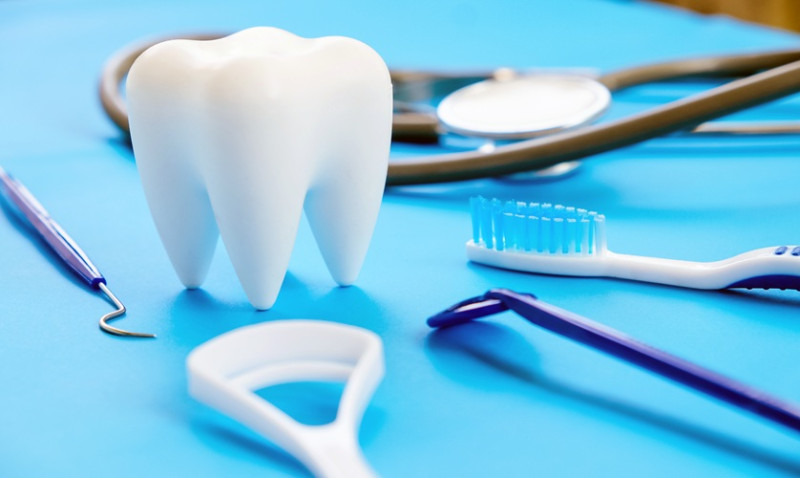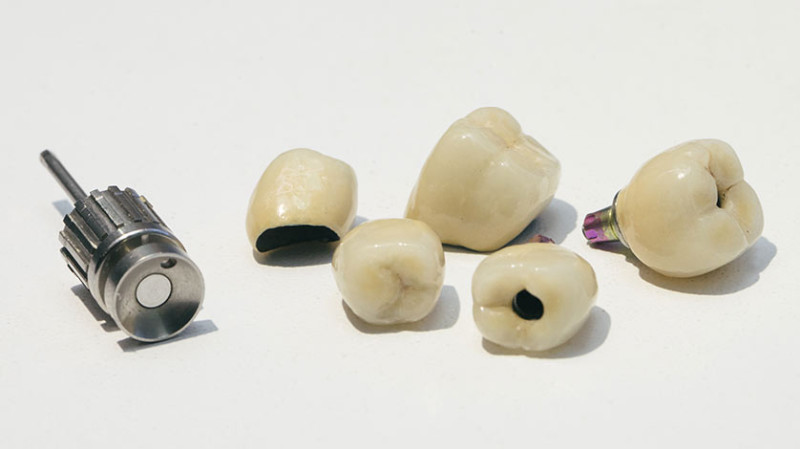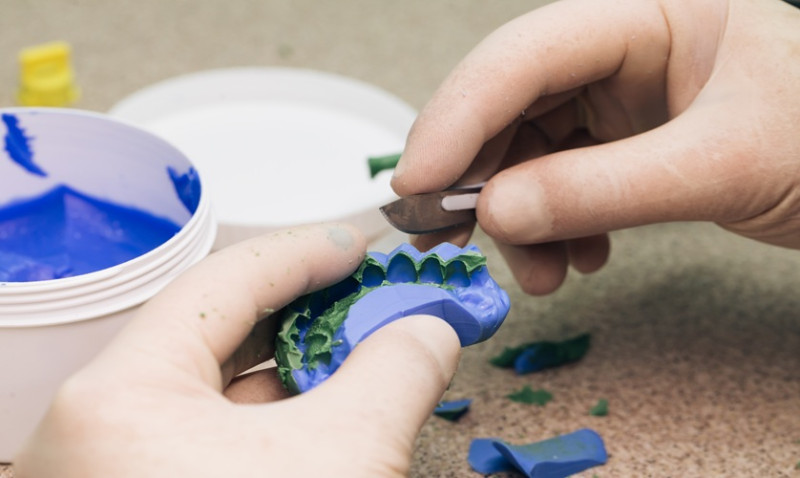
Toothache can strike at any time, often with little warning or when you're least prepared—like during a late evening DIY project or whilst out on a job site. Whether you're an interior designer powering through deadlines or a young couple revamping a Victorian terrace in Manchester, you don’t always have time to see a dentist right away. That’s where quick, effective natural remedies can make a massive difference.
In this post, we'll dive into trusted and natural methods that can help ease tooth pain at home. These DIY solutions are perfect for professionals, tradespeople, or anyone caught off guard and needing relief quickly and naturally before professional care is available.
Understanding Toothache and What Causes It
Toothache can range from a mild discomfort to severe, throbbing pain that makes it difficult to concentrate or sleep. The pain often arises from inflammation of the pulp inside the tooth, triggered by dental cavities, an infection, a cracked tooth, or gum disease. Even grinding your teeth at night (bruxism) or sinus infections can trigger tooth pain.
For many professionals and DIY enthusiasts who constantly use their mouth for clenching tools between their teeth or in high-stress work scenarios, frequent jaw tension can contribute to oral discomfort. Knowing what's causing the pain is ideal, but when a dentist isn’t immediately available, natural options can offer short-term comfort.
1. Clove Oil – A Natural Anaesthetic
Clove oil is one of the most effective natural remedies for tooth pain. It contains eugenol, a compound with powerful anti-inflammatory and analgesic properties. Eugenol works by numbing the area and reducing swelling, making it a go-to option for quick pain relief.
To use clove oil, soak a small cotton ball with a few drops and apply it directly to the affected tooth or gum. Be mindful not to use too much, as highly concentrated clove oil can irritate the surrounding tissue. If you're in the middle of a renovation job, add it to your first-aid kit—you'll thank yourself later.
You can also dilute clove oil with a carrier oil like olive oil if your gums are sensitive or if you're treating children under supervision. Hold the oil-soaked cotton ball in place for 10-15 minutes, and you should feel relief fairly quickly.
2. Saltwater Rinse – The Easy Antiseptic
This remedy is practically universal and readily available no matter where you are—be it in a London studio apartment mid-paint job, or a job site in rural Yorkshire. Saltwater rinses create a temporary alkaline environment in your mouth, making it difficult for bacteria to thrive, while also helping clear debris and reduce inflammation.
To make the rinse, dissolve half a teaspoon of sea salt into a glass of warm water. Swish the solution in your mouth for about 30 seconds before spitting it out. Repeat this process 2-3 times a day, especially after meals. Not only is this remedy budget-friendly, but it’s also incredibly easy to implement.
While it won't completely eliminate the source of most toothaches, it will certainly reduce the intensity and slow down bacterial build-up until you can see a professional.
3. Garlic – Nature’s Antibiotic
Garlic has been used for centuries not just to repel vampires, but also to combat infections and offer pain relief. It contains allicin, a compound with potent antibacterial properties. When applied directly to the affected tooth, it helps kill harmful bacteria and ease pain.
To use garlic as a toothache remedy, crush a fresh garlic clove to release allicin and apply the paste directly to the sore tooth. If the flavour is too strong or burns, mix it with a little olive oil. Leave it on the area for a few minutes, then rinse with warm saltwater.
This is particularly handy for tradesmen or solo renovators living out of mobile job vans—garlic is shelf-stable and easy to carry in your tool bag for emergencies!
4. Peppermint Tea Bags – A Soothing Compress
Peppermint has mild numbing properties that can soothe an aching tooth and calm inflamed gums. Peppermint also has menthol, which acts as a natural cooling agent and antiseptic. If you've got unused tea bags in your kitchen (or office), you're in luck.
To use, steep a peppermint tea bag in boiling water for a few minutes, then allow it to cool down to a warm—but not scalding—temperature. Apply it directly to the affected area. Alternatively, place a used tea bag in the freezer for a few minutes for a cold compress effect before placing it on your gum or cheek.
This is a great trick, especially if you're burning the midnight oil working on client sketches or laying flooring under time pressure and need to stay focused.
5. Cold Compress – Freeze the Pain
If your toothache is being caused by trauma or swelling, a tried-and-true cold compress can provide instant relief. A cold compress restricts blood flow to the area, which reduces inflammation and numbs the region, calming discomfort gradually.
To make your own, wrap a few ice cubes in a clean cloth and apply it to the outside of your cheek for 15-20 minutes. Repeat every couple of hours as needed. Some tradespeople even keep a gel ice pack in their work vans for aches and injuries—dental or otherwise!
6. Hydrogen Peroxide Rinse – For Infection-Fighting Power
If you suspect an infection is brewing—heaviness in your jaw or bad breath may be signs—using hydrogen peroxide can help. This solution kills bacteria and clears debris from cavities and gums. Note: This is not for long-term use but can provide short-term relief.
To use, mix equal parts of 3% hydrogen peroxide and water. Swish it around your mouth for about 30 seconds, being careful not to swallow. Spit it out and rinse several times with plain water to clear any residue.
| Remedy | Key Ingredient | Main Benefit | Application Tip |
|---|---|---|---|
| Clove Oil | Eugenol | Natural anaesthetic & anti-inflammatory | Use sparingly with a cotton swab on affected tooth |
| Saltwater Rinse | Sea Salt | Draws out infection, reduces swelling | Rinse several times daily, especially after meals |
| Garlic Paste | Allicin | Antibacterial and pain relief | Crush and apply directly for a few minutes |
| Peppermint Tea Bag | Menthol | Soothes pain, reduces inflammation | Apply warm or cold directly to the gum |
| Cold Compress | Ice or gel pack | Reduces swelling & numbs pain | Apply to cheek for 20 mins, repeat as needed |
| Hydrogen Peroxide Rinse | 3% H₂O₂ Solution | Kills bacteria, reduces infection | Mix 1:1 with water, rinse then wash with clean water |
When to See a Dentist
While these remedies are natural and effective for temporary pain relief, it's important to consult your dentist as soon as possible. Toothaches can signal deeper problems like abscesses, cavities, or gum disease—all of which require professional assessment and care.
If your pain persists for more than two days, is accompanied by fever or swelling, or you notice a foul taste in your mouth, seek dental care immediately. Prevention is always better than cure, so don't skip your periodic dental check-ups either—especially if you're a busy professional who tends to forget self-care in the hustle.
Keep Natural Remedies in Your Toolkit
Being prepared isn't just for home renovations or architecture managing projects—it applies to your health too. Stocking your kitchen or toolbox with a few of these natural toothache remedies ensures you’re ready for anything, whether the pain hits at work, during your commute, or while binge-watching grand design shows on a Sunday night.
A small investment in natural pain relief can keep you focused and productive until your dental appointment—and that’s something every design-obsessed, DIY-driven, or trades-savvy Brit can appreciate.
Have your own natural cure for toothache you swear by? Share it with us in the comments!






